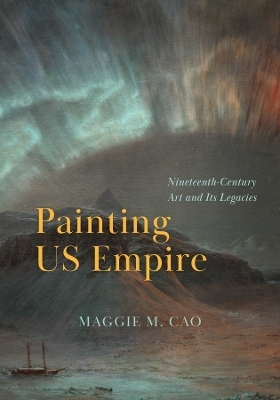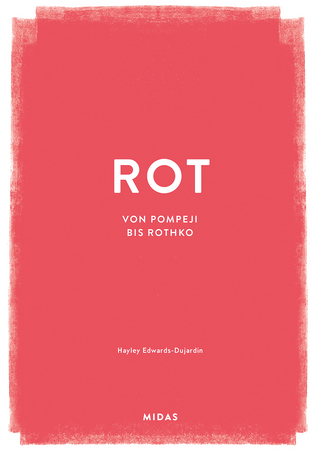
Painting US Empire
Nineteenth-Century Art and Its Legacies
Seiten
2025
University of Chicago Press (Verlag)
978-0-226-83241-8 (ISBN)
University of Chicago Press (Verlag)
978-0-226-83241-8 (ISBN)
- Noch nicht erschienen (ca. Januar 2025)
- Versandkostenfrei
- Auch auf Rechnung
- Artikel merken
A fresh look at the global dimensions of US painting from the 1850s to 1898.
Painting US Empire is the first book to offer a synthetic account of art and US imperialism around the globe in the nineteenth century. In this work, art historian Maggie M. Cao crafts a nuanced portrait of nineteenth-century US painters’ complicity with and resistance to ascendant US imperialism, offering eye-opening readings of canonical works, landscapes of polar expeditions and tropical tourism, still lifes of imported goods, genre paintings, and ethnographic portraiture. Revealing how the US empire was “hidden in plain sight” in the art of this period, Cao examines artists including Frederic Edwin Church and Winslow Homer who championed and expressed ambivalence toward the colonial project. She also tackles the legacy of US imperialism, examining Euro-American painters of the past alongside global artists of the present. Pairing each chapter with reflections on works by contemporary anticolonial artists including Tavares Strachan, Nicholas Galanin, and Yuki Kihara, Cao addresses important contemporary questions around representation, colonialism, and indigeneity. This book foregrounds an underacknowledged topic in the study of nineteenth-century US art and illuminates the ongoing ecological and economic effects of the US empire.
Painting US Empire is the first book to offer a synthetic account of art and US imperialism around the globe in the nineteenth century. In this work, art historian Maggie M. Cao crafts a nuanced portrait of nineteenth-century US painters’ complicity with and resistance to ascendant US imperialism, offering eye-opening readings of canonical works, landscapes of polar expeditions and tropical tourism, still lifes of imported goods, genre paintings, and ethnographic portraiture. Revealing how the US empire was “hidden in plain sight” in the art of this period, Cao examines artists including Frederic Edwin Church and Winslow Homer who championed and expressed ambivalence toward the colonial project. She also tackles the legacy of US imperialism, examining Euro-American painters of the past alongside global artists of the present. Pairing each chapter with reflections on works by contemporary anticolonial artists including Tavares Strachan, Nicholas Galanin, and Yuki Kihara, Cao addresses important contemporary questions around representation, colonialism, and indigeneity. This book foregrounds an underacknowledged topic in the study of nineteenth-century US art and illuminates the ongoing ecological and economic effects of the US empire.
Maggie M. Cao is associate professor of art history and the David G. Frey Scholar in American Art at the University of North Carolina at Chapel Hill. She is the author of The End of Landscape in Nineteenth-Century America.
List of Illustrations
Introduction: Empire and the “American” Artist
1: Growth and Decay in the Southern Tropics
Intervention 1: Germinating
2: The Politics of Ice
Intervention 2: Melting
3: Trompe l’oeil’s Global Goods
Intervention 3: Mimicking
4: Keeping and Losing Time in the Pacific
Intervention 4: Ordering
5: Perils on the Caribbean Sea
Intervention 5: Drowning and Undrowning
Acknowledgments
Notes
Index
| Erscheint lt. Verlag | 3.1.2025 |
|---|---|
| Reihe/Serie | Abakanowicz Arts and Culture Collection |
| Zusatzinfo | 98 color plates, 34 halftones |
| Sprache | englisch |
| Maße | 178 x 254 mm |
| Gewicht | 454 g |
| Themenwelt | Kunst / Musik / Theater ► Kunstgeschichte / Kunststile |
| ISBN-10 | 0-226-83241-4 / 0226832414 |
| ISBN-13 | 978-0-226-83241-8 / 9780226832418 |
| Zustand | Neuware |
| Haben Sie eine Frage zum Produkt? |
Mehr entdecken
aus dem Bereich
aus dem Bereich


